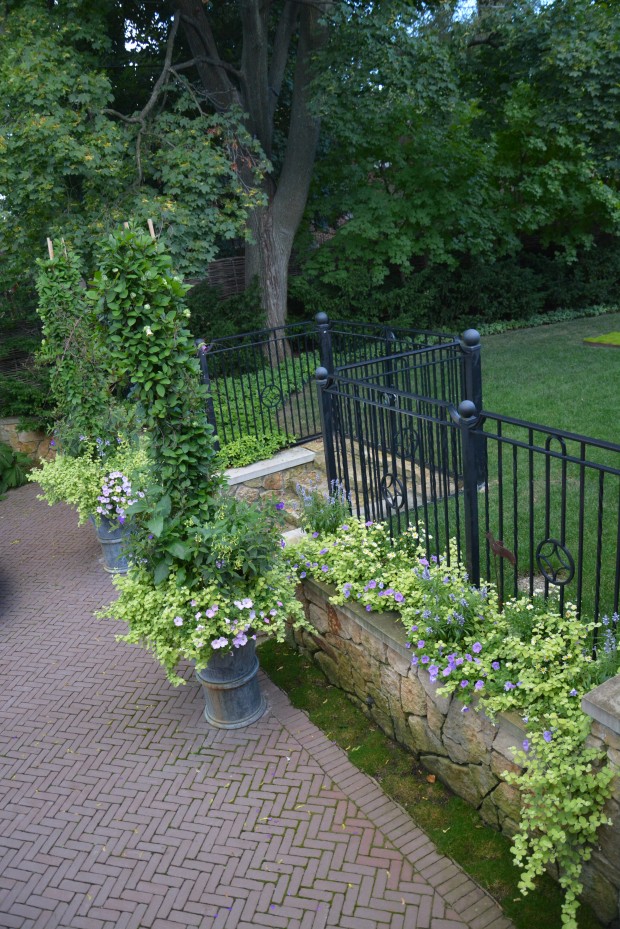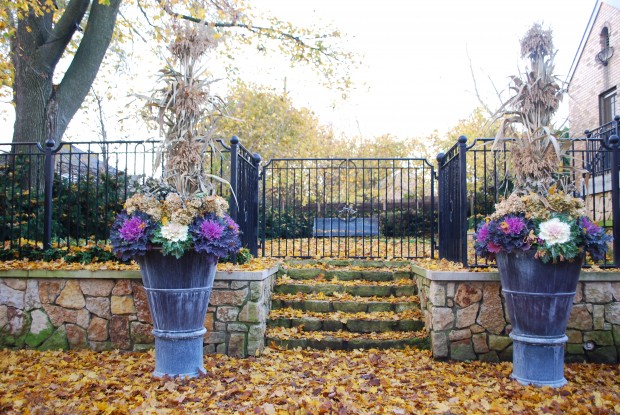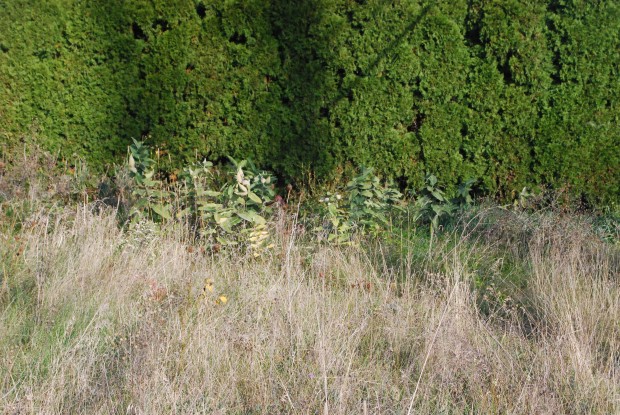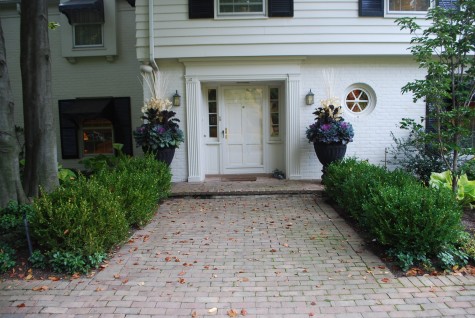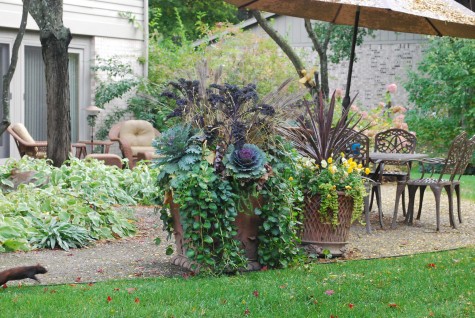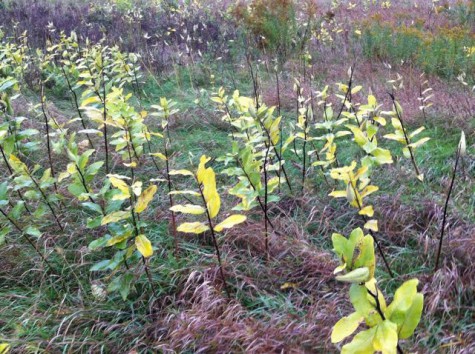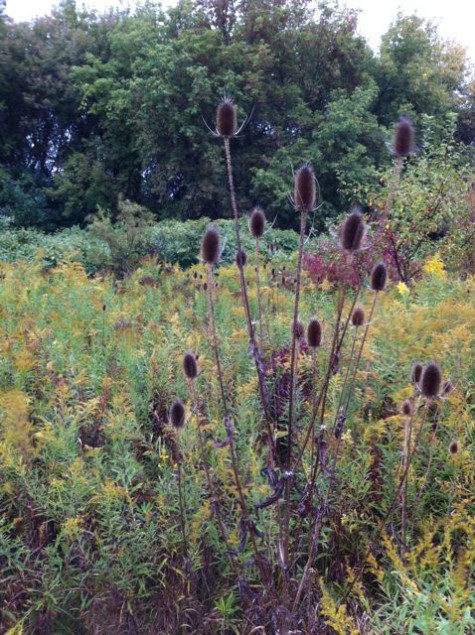Our summer season has not been so friendly to those of us who garden in containers. All of the tropical plants in the containers despised the cold, and the relentless rain. Why do I even plant tropical plants in my containers? Annual plants bloom, set seed, and die, over the course of one season. If I remove the dead flower from an annual plant, I am thwarting its natural instinct to reproduce itself via the act of setting seed. This annual plant will bloom again, hoping to set seed, the next time. This means there are flowers coming on all season long. Some hybrid annual plants are sterile-they do not set seed. They will continue to bloom over the warm months in spite of this.
Warm months is the operative phrase here. Many of our common annual plants are native to climates much warmer than the midwest. They dislike being planted in cold soil in our spring, and they faint dead away with the first frost. Why do I put up with this? I like that group of annual flowers that grow larger and bloom with abandon all summer long. Those plants with oversized tropical leaves-as in alocasias, calocasias, cannas, tree ferns and the like-are equally as pleasing. They represent lush in a way that few plants hardy in my zone can match. Container plantings help make my landscape feel like summer.
I admire those gardeners that plant hostas in pots-bravo. However, I like my hostas best, in ground. I have tried lots of perennial and shrubby plants in containers-by this I mean lavender, hydrangeas, hyssop, buddleia, gloriosa daisies, boxwood-I could go on, but won’t. The only perennial plant I really value in containers is strawberries. The leaves are large and beautifully serrated. The unripe fruit is a beautiful color. The ripe fruit is irresistible. Some gardeners are attracted to the idea that their containers full of hostas could be brought out of the garage in the spring, and put in place-as usual. Other gardeners are determined to keep boxwood, boxwood topiaries, junipers and their topiary variants alive in containers, season after season, year after year. One of the things I value the most about the planting seasonal containers is how a fresh start energetically engages the imagination. Last year’s containers-more about history than the moment. I am not enchanted by my containers being over and done with. Done-I dread both the adjective, and the noun. So does nature, by the way.
The prospect of my containers being filled with the same plants year after year would bore me beyond all belief. I would not care if the boxwood sphere put on another six inches in height and girth. I value the change up pitch better than a fast ball down the middle. My landscape has taken many years to bring to a level that pleases me. Any major change would be a major upheaval. Not that I adverse to some upheaval. A landscape is a big fluid situation that evolves over a period of years. There is no fast forward. No matter how loud you are able to snap your fingers, the landscape will take years to really respond. But my summer containers reward my efforts relatively quickly.
The second reason I so value tropical plants in my containers? I can plant something different next year, and the year after that. I can ditch my failures, and move on. I can entertain a color scheme on a whim. A cold and rainy season will not stalk me beyond the frost. Next year will be different.
As for planting fall pots-let’s agree that this summer was not the best for container plantings. I have appreciated the summer heat we have gotten in September-all of my containers look much better than they did a month ago. Most of my containers have dark empty spots. Those holes are from the begonias that rotted. What coleus didn’t give up has spots-the tell tale sign of cold.
In late September, there are several options for a container that has unnattractive gaps. Those tropical plants that have faded away can be replaced with cold hardy plants-as in parsley, 4″ cabbage and kale, pansies, bok choy, Napa lettuce, ivy of every description, chrysanthemums, asters-there are no end of fall hardy and fall blooming plants that could fill your gaps.
Or you could replant you containers for fall. I have lots of containers. I will stand pat with most of them until the frost takes them down. But the pots I drive up to every day, I replant them for fall. I have lots of choices for material. Broom corn, fresh and preserved eucalyptus, twigs, preserved leptospermum, asters, gourds, dried grasses, cabbage, kale, lettuce, pansies, rosemary, thistles, pumpkins, bittersweet, dried hydrangeas from my yard, twigs from the field, chrysanthemums-you get my drift. It is entirely possible that my fall containers will be the best of the year. I have no regrets about the annuals going down. I have the fall season coming on.
All my driveway pots need is for me to assemble a group of fall materials, and soldier on. Soldiering on? This means plant. Stick. Arrange.





